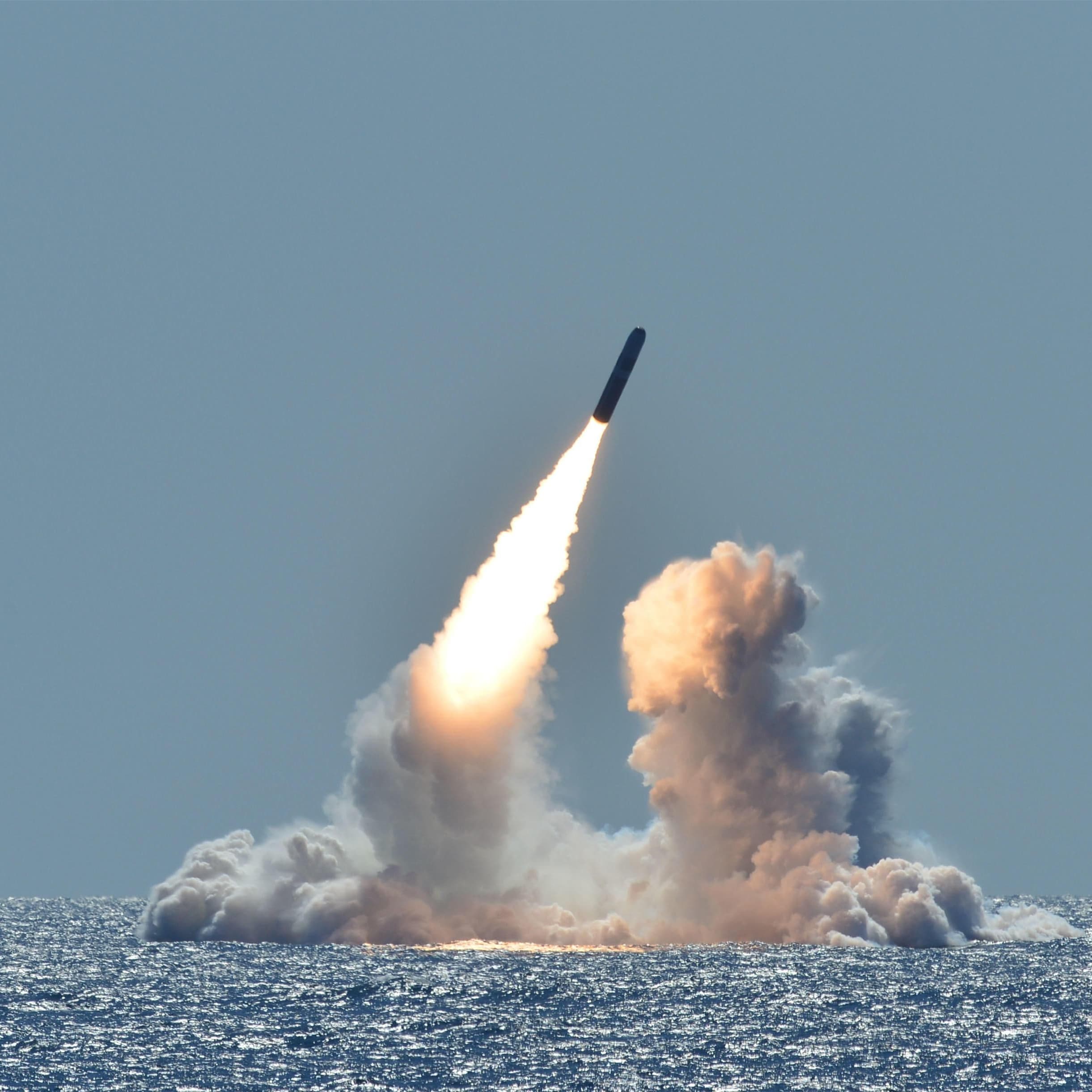
Bonded Magnet
Bonded magnet is composed of magnetic particles, adhesive, plasticizer and additives. It can be described as a complex in which magnetic powder is held together by the binder material. Binders are usually rubber-based compounds to which the actual magnet particles are sticking strongly through adhesion forces.
Bonded magnet is an alternative to solid magnet technology. Bonded magnet is manufactured without the use of traditional sintering techniques normally associated with high performance permanent magnets. Therefore, Bonded magnet can be produced in large sizes for low cost, which cannot be achieved using conventional technologies. Bonded magnet offers designers and engineers greater material selection and design freedom than standard magnet components such as blocks or rings, while providing more consistent product performance than machined parts. Bonded magnet requires no further treatment during assembly, they can reduce manufacturing times and costs compared to other magnet technologies that require additional processing before assembly.
Bonded magnet can be produced in different shapes, sizes and grades depending on the end use application. Bonded magnet offers numerous benefits over other magnet technologies including higher coercivity BH max, wider tolerance on tolerances, increased design freedom, ease of handling during assembly operations, reduced weight compared to traditional magnetic components such as blocks or rings, ability to be shaped/molded into complex geometries with intricate surface patterns for improved functionality and it can be combined with bonded magnets in a single product.
Typically, Bonded magnet consists of magnet powder (95% volume), an adhesive (3%) and additives (2%). The general types of magnet powder are neodymium, ferrite, AlNiCo and SmCo.


